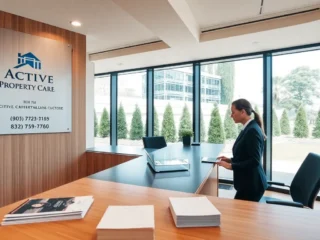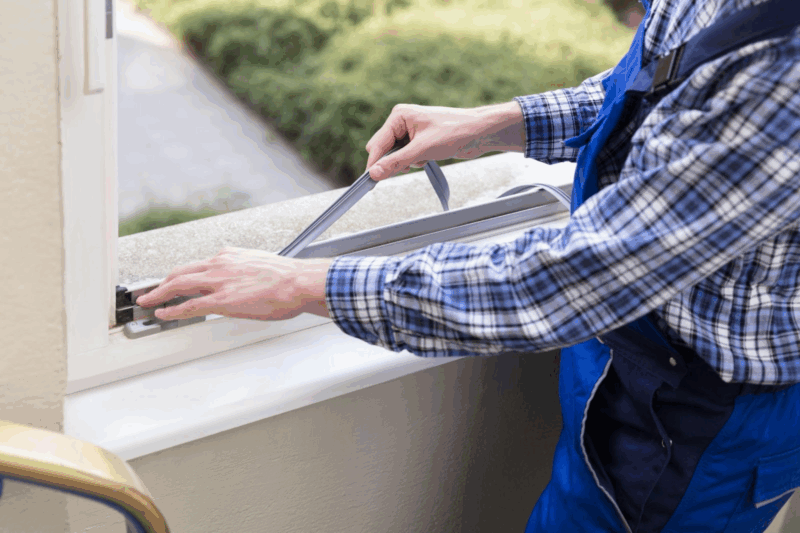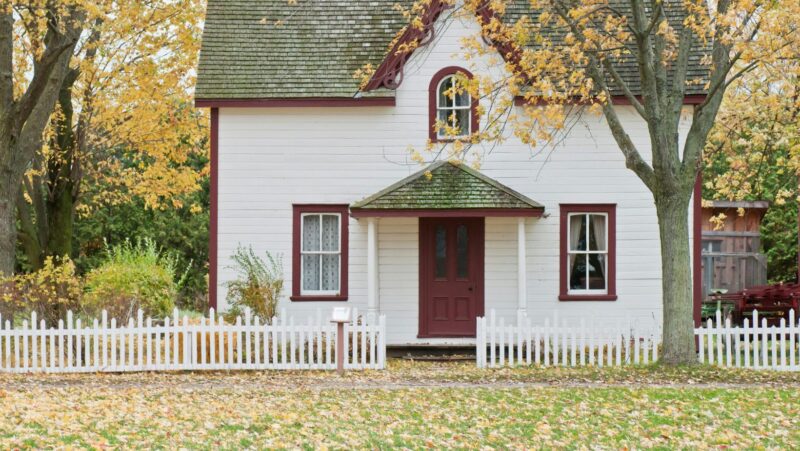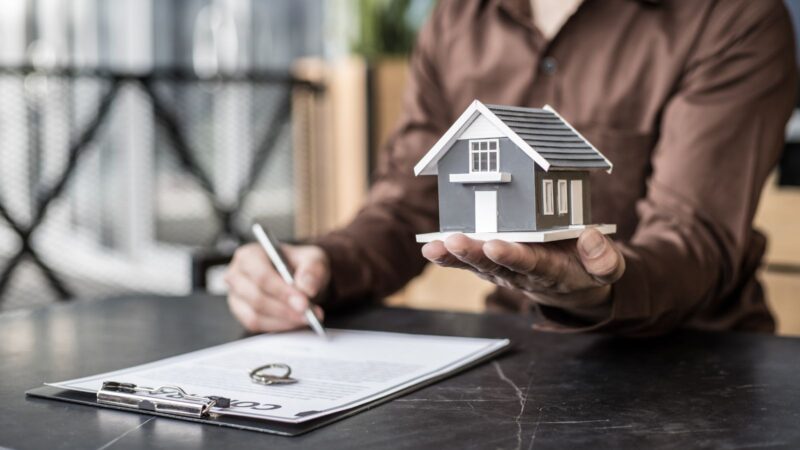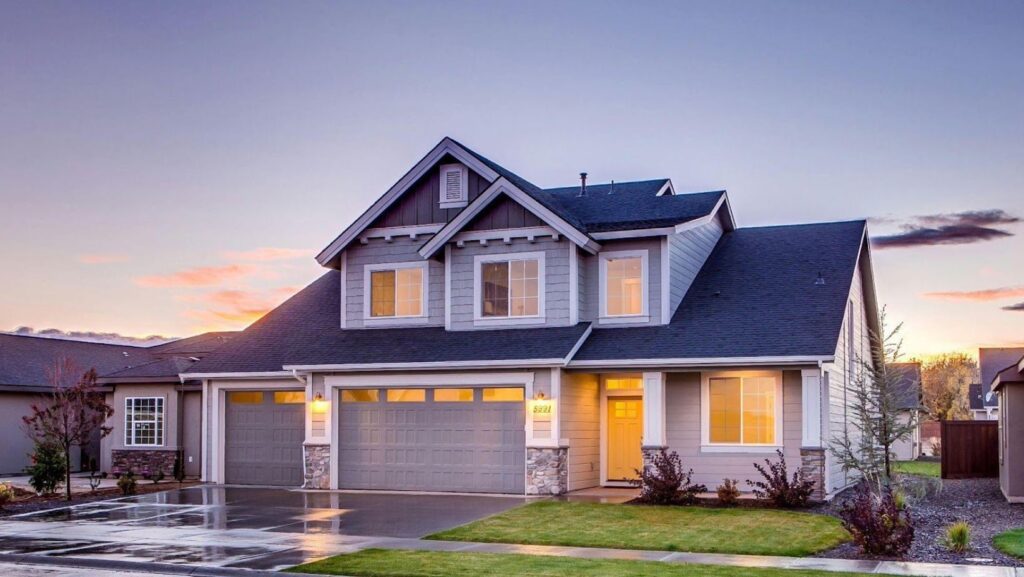
Your home’s exterior isn’t just about curb appeal — it’s your first line of defense. When storms roll in, roofs lift, gutters overflow, and a single flying branch can break a window and ruin thousands of dollars in flooring and furniture. Power surges, leaks, and wind damage can happen in minutes.
The good news? A few smart upgrades can turn an ordinary home into a fortress. With the right improvements, you’ll protect your investment, lower insurance costs, and rest easier when the forecast turns ugly.
Here are seven exterior upgrades that help your home stand up to whatever nature throws at it.
1. Impact Windows and Doors
Flying debris is one of the biggest threats during hurricanes and windstorms. Impact-rated windows and doors have laminated glass and heavy-duty frames that can take a hit without shattering. They stay intact even if cracked, keeping water and wind outside.
Prices vary, but most homeowners spend between $50 and $100 per square foot installed. It’s not cheap, but many insurers offer discounts for this upgrade.
If you’re researching options, check out trusted impact windows and doors by Safeguard, along with a trusted guide to impact windows that explains how they block debris and protect interiors.
2. Reinforced Garage Doors
Garage doors are often the weakest point in a house. When wind gets in, pressure builds fast and can blow off the roof. Reinforced or hurricane-rated garage doors have steel bracing and heavier tracks. They prevent that pressure from forming.
A typical two-car door costs $1,000 to $1,500 more than a standard model, but the peace of mind is worth it—especially in storm-prone areas.
3. Wind-Rated Roofing
High winds can rip up shingles and expose the structure underneath. Upgrading to a wind-rated roof adds anchors and sealing layers to keep everything in place. Architectural shingles or metal roofing can handle 120 to 140 mph winds.
Expect to spend $6,000 to $15,000 depending on home size and materials. Many contractors also recommend stronger underlayment to stop leaks if the surface layer fails. For homeowners not ready for a full replacement, consider smaller budget upgrades like improved sealing or gutter reinforcement to boost protection until you’re ready for a new roof.
4. Better Gutters and Drainage
Heavy rain can overwhelm old gutters and flood foundations. Seamless aluminum or steel gutters move more water and last longer than vinyl. Add downspout extensions and French drains to carry runoff away from the house.
Gutter guards reduce cleaning time and clogging. Costs range from $8 to $20 per linear foot installed, but the upgrade prevents thousands in water damage down the line.
5. Native, Wind-Tolerant Landscaping
Yards full of non-native trees can become flying debris during a storm. Native plants have deeper roots and adapt better to local conditions. Replace shallow-rooted trees with wind-tolerant species like sabal palms or live oaks if you live in the Southeast.
Trim regularly and keep mulch beds lower around the foundation to improve drainage. It looks neat and protects the home naturally.
6. Whole-Home Surge Protection
Lightning strikes and power surges destroy electronics and HVAC systems. Plug-in surge strips only cover part of the house. A whole-home surge protector connects directly to your electrical panel and guards every outlet.
Most cost around $400 to $700 installed. It’s one of the cheapest upgrades on this list and can save you thousands in repairs. Some insurers even give small policy credits for it.
7. Upgraded Siding and Tie-Downs
Old siding can peel, crack, or trap water. Modern fiber cement or engineered wood siding stands up to wind and moisture while keeping a classic look. Reinforcing roof tie-downs or clips adds another layer of security by fastening the roof to the walls.
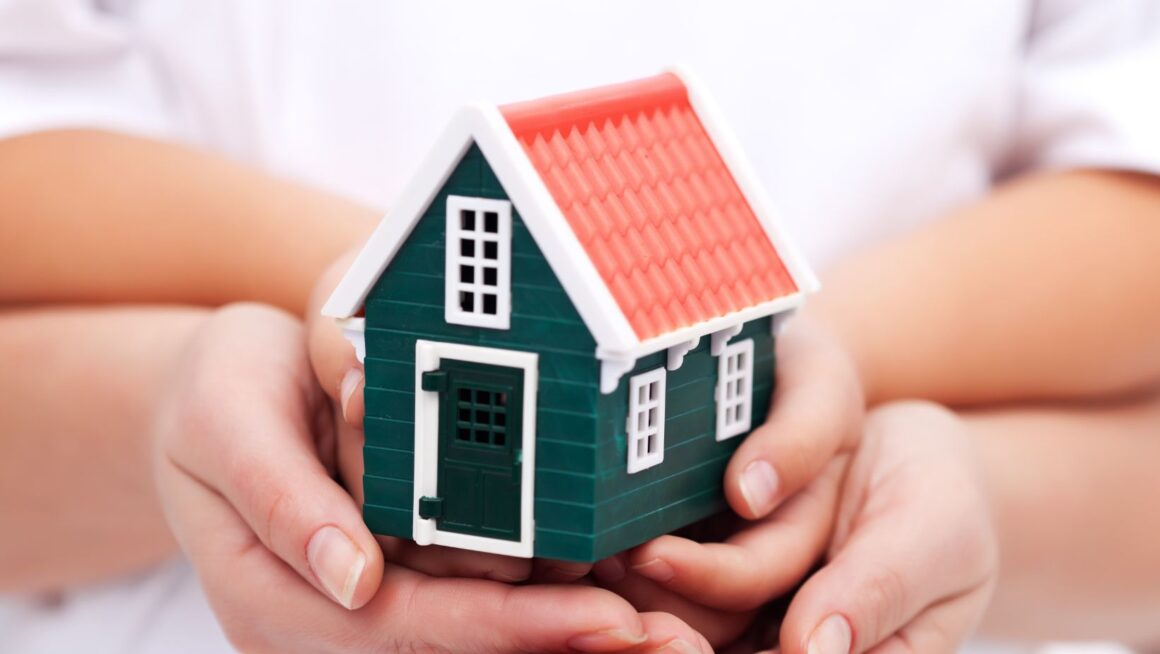
A siding replacement runs about $10,000 to $15,000 for an average home, but it boosts curb appeal and durability at once.
Ready for the Next Storm
The weather isn’t getting calmer — and your home shouldn’t stay vulnerable. Strengthening the exterior protects your investment, your family, and your peace of mind. Start with the weakest point, work within your budget, and improve year by year. Each upgrade adds another layer of defense, turning your house into the kind of place that weathers the storm and looks good doing it.



